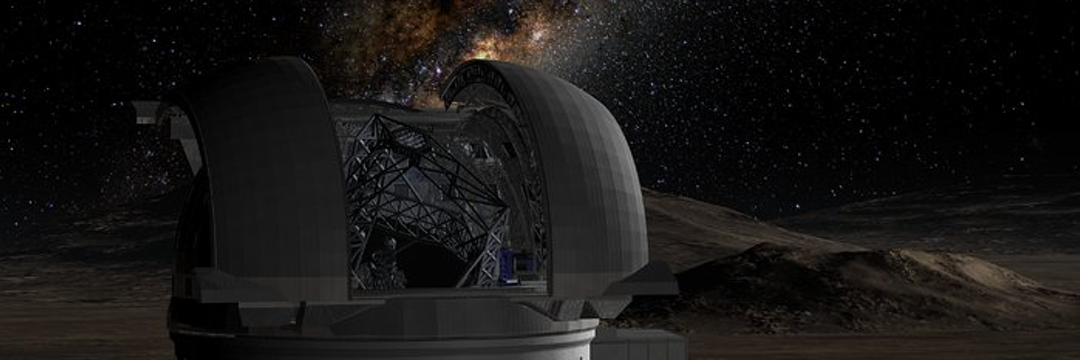
doi.org/10.1130/G52606.1
Credibility: 989
#Earthquake
A new study finds that Utah’s Wasatch Fault could cause more intense earthquakes than previously thought, putting cities like Salt Lake City at risk
The research suggests that geological events more than a billion years ago and the characteristics of the rocks on the fault increase the chance of strong tremors.
What is the Wasatch Fault”
The Wasatch Fault is a large crack in the Earth’s crust that runs about 245 miles from southern Idaho to central Utah, passing through Salt Lake City and other populous cities.
It is a “normal fault,” a type of fracture where tectonic plates move apart, causing one section of rock (called the “hanging wall”) to slide down relative to the other (the “base wall”).
“The Wasatch Fault marks the eastern boundary of a geologic region called the Basin and Ridge, which has been stretching and breaking for millions of years,” explains Srisharan Shreedharan, a geophysicist at Utah State University.
The fault has a steep surface dip of between 45 and 90 degrees, which in theory could reduce the intensity of earthquakes.
However, a recent event changed that view.

The 2020 Magna Earthquake
In 2020, an earthquake at Magna, about 9 kilometers (5.6 miles) deep west of Salt Lake City, caused injuries and nearly $50 million in damage.
This surprised scientists, since the fault’s steep surface dip suggested that tremors would be less destructive.
“This earthquake was a wake-up call.
We wanted to understand why it occurred at such a shallow depth, despite the fault’s steepness,” Shreedharan says.
New Research Reveals Greater Risks
Shreedharan, along with professor Alexis Ault and doctoral student Jordan Jensen, published a study in the journal Geology, funded by the U.S. Geological Survey’s Seismic Hazards Program.
They analyzed rock samples from the fault in the lab, using experiments and microscopes to understand how it works.
The results show that the Wasatch Fault is not as steep at greater depths as it is at the surface.
Instead of maintaining a steep angle, it becomes gentler as it descends, which can amplify shaking at the surface.
“This means that an earthquake can cause stronger vibrations, increasing the risk of damage and injury,” Shreedharan explains.
In addition, the rocks on the fault are weaker and more “slippery” than the surrounding rocks.
This weakness makes it easier for an earthquake to slip, even at shallower angles.
A Billion-Year History
The research revealed that these weak rocks were shaped by events that began more than 1.7 billion years ago, when the Wasatch Fault was much deeper in the Earth.
Repeated earthquakes over time have left these rocks worn smooth, ready to slide again in future quakes.
“It’s like comparing ice to sand,” says Shreedharan.
“Smooth rocks slide more easily than rough rocks.
This process is slowly happening under our feet.”
Why Does This Matter”
The discovery shows that the Wasatch Fault is more dangerous than previously thought, especially for cities like Salt Lake City, which sit right on top of it.
Because the fault is “ready” to slip, the next earthquake could be more intense and cause more damage.
What’s Next”
Scientists plan to continue studying the Wasatch Fault to better understand how it might behave in future earthquakes.
In the meantime, the research serves as a warning to local communities to prepare for the possibility of stronger tremors.
With an earthquake “overdue” in the region, being prepared is more important than ever.
Published in 05/18/2025 09h52
Text adapted by AI (Grok) and translated via Google API in the English version. Images from public image libraries or credits in the caption. Information about DOI, author and institution can be found in the body of the article.
Reference article:
Original study:
| Geoprocessing Drone Systems HPC |

| ERP and CRM Systems Mobile Systems AI |


